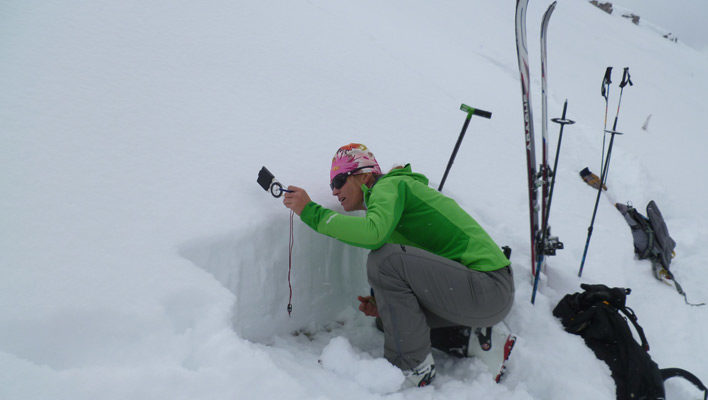It’s no secret that even good things go stale—from relationships to that loaf of bread you forgot about in your cupboard. The same applies to our understanding of avalanches: how we analyze and approach them has changed dramatically over time.
Mountain Skills: Be Ready With Team and Routine

Teamwork in the mountains is paramount, but it can take many years to develop relationships with trustworthy backcountry partners to the point where you form a routine that serves as a backcountry safety net. Jeff Dostie, my Tour Camp co-guide for Points North Heli-Adventures (PNH) in Cordova, Alaska is someone I have grown to rely on. Through our relationship, we have developed a routine that we use to keep our clients and ourselves safe.
MOUNTAIN SKILLS: TIPS FOR CLEAR COMMUNICATION
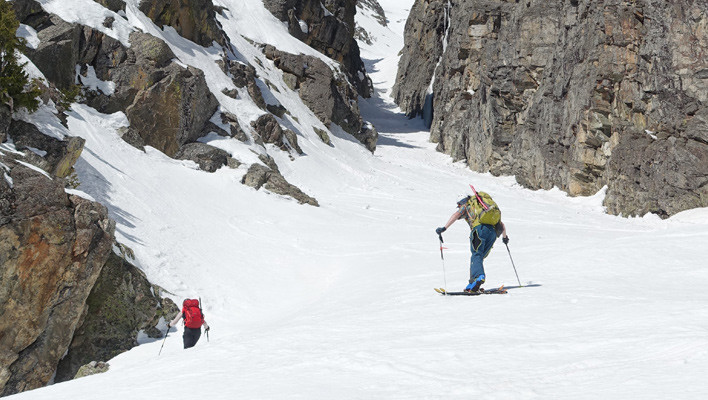
Early last winter I was skiing some sheltered powder on a treed slope near Teton Pass in a group of three experienced backcountry skiers. We assessed the snow, discussed safe zones, and dug a quick, hasty pit to confirm prior observations. Feeling good about the slope, the first skier dropped in and made a quick […]
Mountain Skills: Should I Stay or Should I Blow?

Relatively speaking, airbags are a new tool in North American avalanche safety. Yet they’re proving to be a great tool in any backcountry kit. It’s important, however, to keep them classified as just that—a tool; something that may improve your chances of surviving an avalanche, depending on the circumstances. In the past few years I’ve […]
Mountain Skills: When is it OK to go Big?

We see it all the time in the ski movies: people charging big lines in the mountains. It’s inspiring and makes us want to go out there and charge, too. Yet, most of the time we are riding “mini-golf” terrain in our own backyards, wondering when conditions will allow us to hit the bigger lines. There might even be other people going big. So how do we know when it is safe to ride big, committing lines?
Food Fight: Can What You Eat Earn You Another Lap Up The Skintrack?
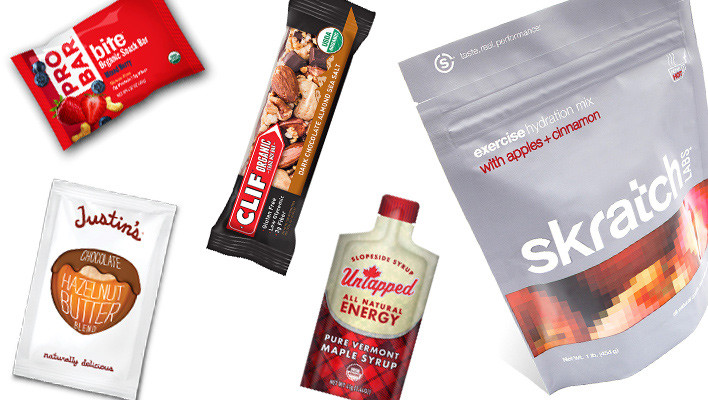
As a committed cyclist who logs a few thousand miles annually, I can get way too focused on nutrition. Throughout the summer, my pantry is overflowing with energy gels, powders and protein bars to fuel and hydrate for—and recover from—big endurance efforts. Come winter, however, all that meticulous planning and those gel snacks get pushed aside—trail food is whatever is in the cabinet and recovery drinks are either hopped or malty. But which approach is better? And can I really earn another lap up the skintrack with energy gels and hydration mixes?
Mountain Skills: Understanding The Extended Column Test
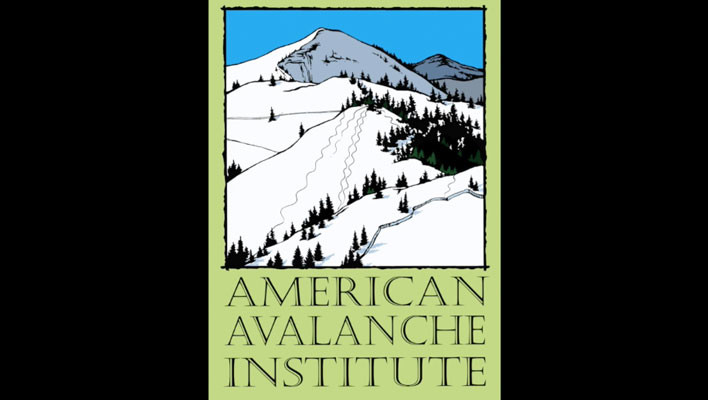
I like to approach backcountry skiing like I approach a science experiment: I take time to plan before doing the experiment; I develop a hypothesis about what is going to happen when I perform my experiment; I conduct the experiment. And then I reflect on my experiment and learn from it.
Mountain Skills: Nine Things I Learned At The Northwest Snow & Avalanche Workshop
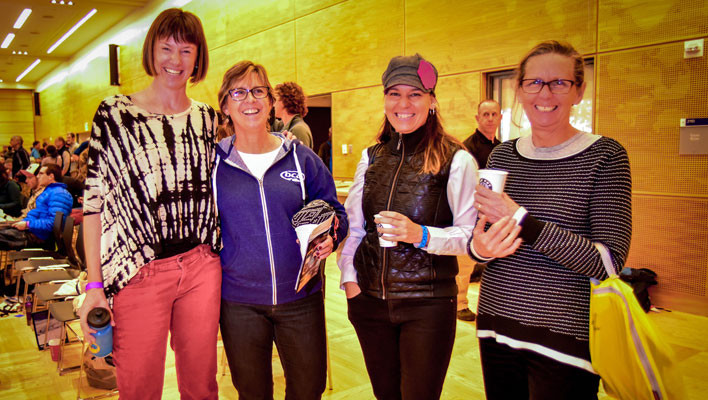
Last Sunday, 600 people packed into a conference room at Seattle’s University of Washington for a full day of education and insight at the revamped Northwest Snow & Avalanche Workshop (NSAW). Organized and hosted this year by the Northwest Avalanche Center (NWAC), NSAW gathered 10 presenters, from guides and avalanche educators to paramedics and a behavioral psychologist, to discuss the latest in safety, science and decision making.
Mountain Skills: Why good ski partners matter
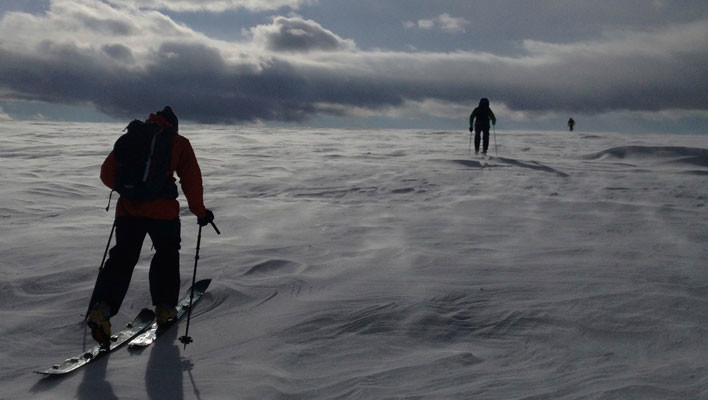
My good friend Jamie Week describes the importance of communication in the backcountry like this: “Inbounds at the ski area, skiing and riding is all about me. It’s about finding the best lines and the best snow. Once you leave the resort and enter the backcountry, it’s a team sport. It’s no longer about me, me, me. It’s about teamwork and team safety.”
Mountain Skills: Understanding ‘The Avalanche Problem’

Two winters ago, a party of self-described expert skiers and snowboarders exited a ski area to center punch a very steep and committing untracked bowl of almost thigh-deep powder. It was bluebird, and the stoke was high. Most of the party had been through a Level 1 avalanche class; they had checked the forecast—Moderate—dug a pit and made a plan to ski one at a time. Then, they watched with horror as the first skier threw in a ski cut that triggered an avalanche two- to four-feet deep and 600-feet wide.


